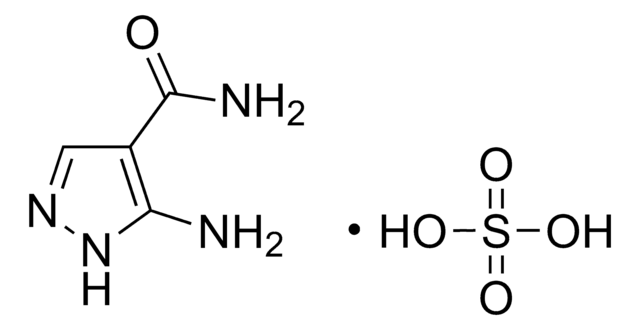MABF917
Anti-CRACC Antibody, clone 4G2
clone 4G2, from rat
Sinonimo/i:
SLAM family member 7, CD2-like receptor-activating cytotoxic cells, CRACC, Leukocyte cell-surface antigen, Novel Ly9, CD319
About This Item
Prodotti consigliati
Origine biologica
rat
Livello qualitativo
Forma dell’anticorpo
purified antibody
Tipo di anticorpo
primary antibodies
Clone
4G2, monoclonal
Reattività contro le specie
mouse
tecniche
flow cytometry: suitable
immunoprecipitation (IP): suitable
Isotipo
IgG1κ
N° accesso NCBI
N° accesso UniProt
modifica post-traduzionali bersaglio
unmodified
Informazioni sul gene
mouse ... Slamf7 (75345)
Descrizione generale
Specificità
Immunogeno
Applicazioni
Flow Cytometry Analysis: A representative lot detected CRACC expression on the surface of many types of mouse immune system cells, including NK cells, NKT cells, B cells, DCs, macrophages and activated T cells (Cruz-Munoz, M.E., et al. (2009). Nat. Immunol. 10(3):297-305).
Affects Function: A representative lot, in combination with a rabbit anti-rat IgG, cross-linked cell surface CRACC and induced similar CRACC phosphorylation in IL-2-activated NK cells from wild-type, SAP-deficient, or EAT-2–ERT–double knock (DKO) mice (Cruz-Munoz, M.E., et al. (2009). Nat. Immunol. 10(3):297-305).
Immunoprecipitation Analysis: A representative lot, in combination with a rabbit anti-rat IgG and protein A, immunoprecipitated CRACC from lysates of IL-2-activated mouse NK cells (Cruz-Munoz, M.E., et al. (2009). Nat. Immunol. 10(3):297-305).
Inflammation & Immunology
Immunological Signaling
Qualità
Flow Cytometry Analysis: 0.1 µg of this antibody detected CRACC-positive mouse splenocytes.
Descrizione del bersaglio
Stato fisico
Stoccaggio e stabilità
Handling Recommendations: Upon receipt and prior to removing the cap, centrifuge the vial and gently mix the solution. Aliquot into microcentrifuge tubes and store at -20°C. Avoid repeated freeze/thaw cycles, which may damage IgG and affect product performance.
Altre note
Esclusione di responsabilità
Non trovi il prodotto giusto?
Prova il nostro Motore di ricerca dei prodotti.
Codice della classe di stoccaggio
12 - Non Combustible Liquids
Classe di pericolosità dell'acqua (WGK)
WGK 2
Punto d’infiammabilità (°F)
Not applicable
Punto d’infiammabilità (°C)
Not applicable
Certificati d'analisi (COA)
Cerca il Certificati d'analisi (COA) digitando il numero di lotto/batch corrispondente. I numeri di lotto o di batch sono stampati sull'etichetta dei prodotti dopo la parola ‘Lotto’ o ‘Batch’.
Possiedi già questo prodotto?
I documenti relativi ai prodotti acquistati recentemente sono disponibili nell’Archivio dei documenti.
Il team dei nostri ricercatori vanta grande esperienza in tutte le aree della ricerca quali Life Science, scienza dei materiali, sintesi chimica, cromatografia, discipline analitiche, ecc..
Contatta l'Assistenza Tecnica.![(2S)-6-Amino-2-{[(9H-fluoren-9-ylmethoxy)carbonyl]amino}hexanoic acid](/deepweb/assets/sigmaaldrich/product/structures/208/694/eddf6778-ca06-4285-b640-a693f1ce3eda/640/eddf6778-ca06-4285-b640-a693f1ce3eda.png)
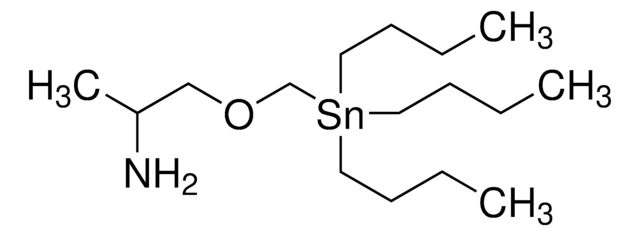
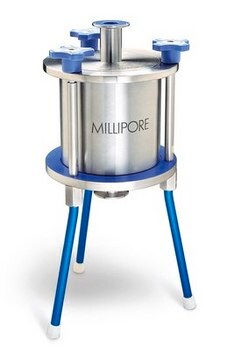
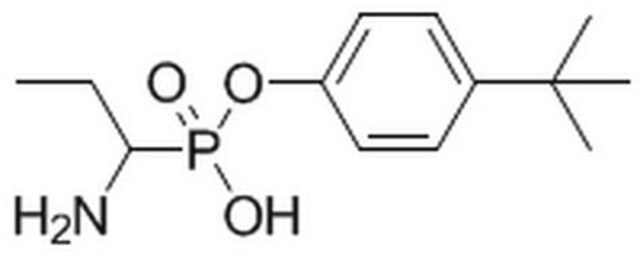

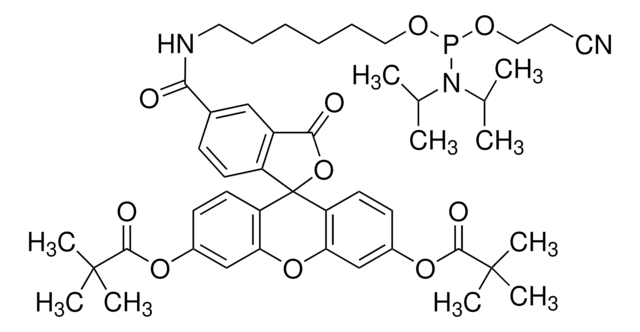
![1,3,8-triazaspiro[4.5]decane-2,4-dione AldrichCPR](/deepweb/assets/sigmaaldrich/product/structures/154/012/bf434fcc-95bc-4f79-8d16-67d62a49013a/640/bf434fcc-95bc-4f79-8d16-67d62a49013a.png)


